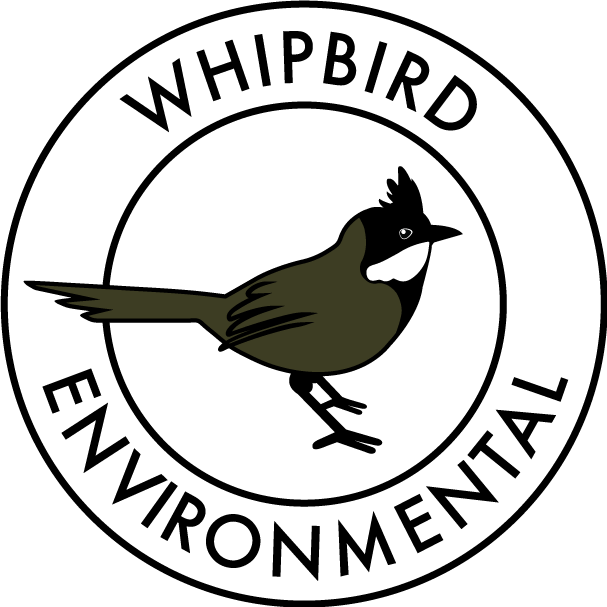Microlaena stipoides (Weeping Meadow Grass) Australian Native Plant Profile
Microlaena stipoides weeping seed heads. Photo by Jeff Harbrow.
Description
Microlaena stipoides is a low growing native grass with attractive weeping seed heads. Microlaena is often seen growing in dense stands of small tufts and forms a soft green ground layer.
Growing Conditions
Typically found growing in woodlands and on rainforest margins, weeping grass is widespread in the region. It can handle full sun to shade but does best in dappled light. It grows on a variety of soil types and is drought tolerant.
Habitat Value
Microlaena stipodies is a fantastic plant for habitat. It is grazed by native mammals such as kangaroos and provides a lot of shelter for small insects and reptiles. The seeds are also attractive to seed eating birds.
Uses
For environmental works microlaena has many uses. It is often included in riparian corridor plantings where ground covers need to be established as it is fast growing and sets seed readily. It is also a good grass to include in any plantings looking to boost habitat for native mammal species and in areas where other grasses might not thrive due to too much shade.
In the garden it has gained a lot of popularity as a native lawn species. Despite not having typical characteristics of lawns grasses like running stems it is adapted well to mowing and if let to seed occasionally it will form a dense stand. It is also a good alternative in shady areas where lawn is desired. It is also fantastic to include in a meadow style planting mixed with other grasses like Echinopogon ovatus (echidna grass) and herbaceous plants such as Dichondra repens (kidney weed), Viola hederaceae (native violet), Viola banksii (native violet), Plectranthus parviflorus (cockspur flower) and Xerochrysum bracteatum (golden everlasting) or a ‘wild’ spot in the garden where it can be left to grow taller and provide habitat.
Propagation
Microlaena stipoides grows readily from seed and it is easy to expand a patch once it’s established by collecting seeds from your plants or direct sowing by scattering seeds in loose soil.
You might also like:
Lomandra longifolia (Common Mat-Rush)
Brachyscome multifida (Cut-leaf daisy) | Plant Profile
Further Reading
https://plantnet.rbgsyd.nsw.gov.au/cgi-bin/NSWfl.pl?page=nswfl&lvl=sp&name=Microlaena~stipoides

